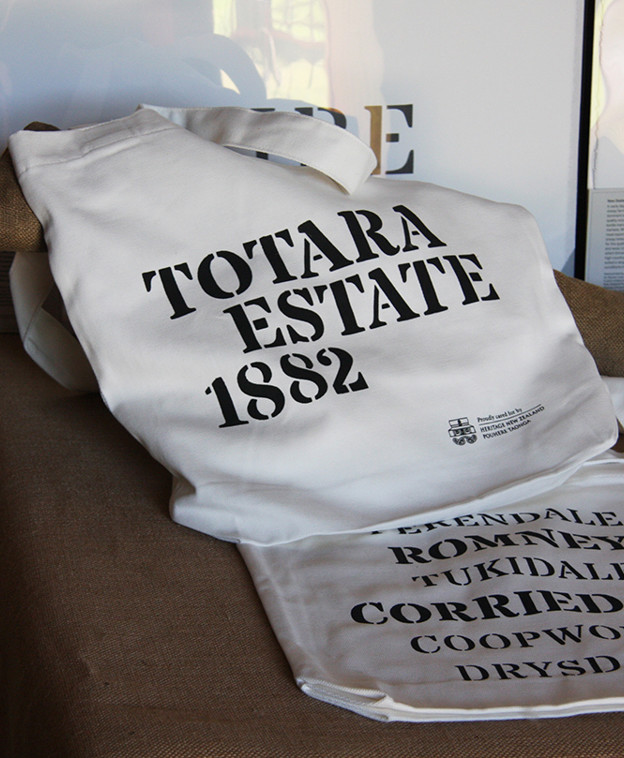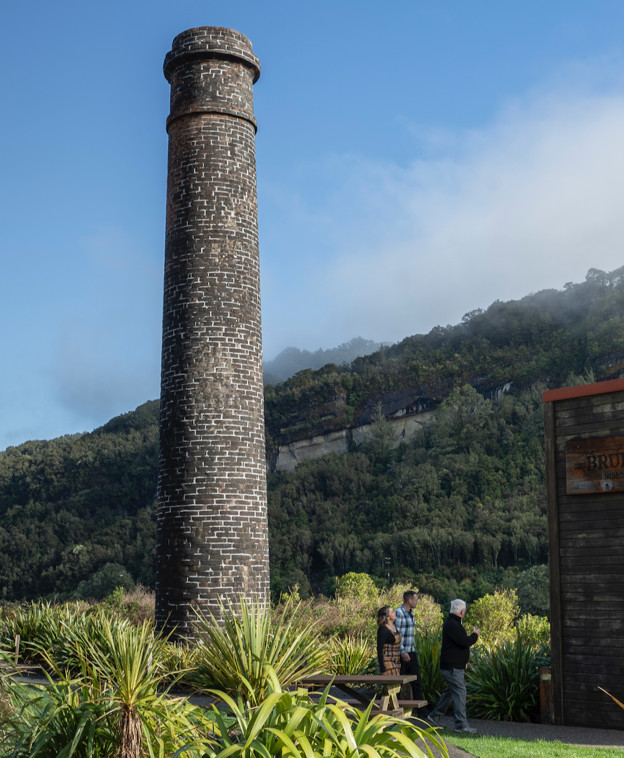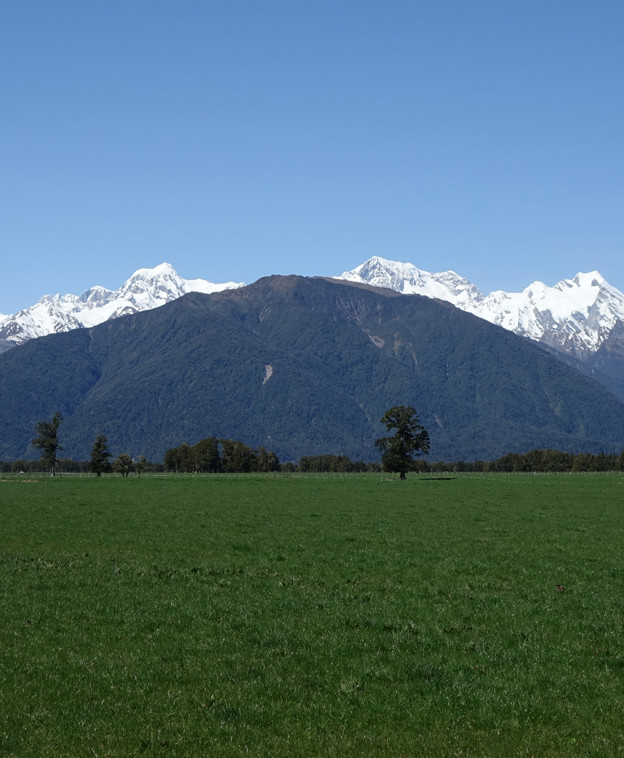Meet Hansen, Aotearoa's oldest lemon tree?
Believed to be the oldest surviving lemon tree in the country, the Hansen lemon tree in Rangihoua Heritage Park, Northland stands on the site where Māori and Europeans first began to live side by side.
On December 22 1814, the brig ‘Active’ anchored in Rangihoua Bay. On board were Reverend Samuel Marsden and three missionaries with their families. They were here to set up the first mission station in Aotearoa New Zealand. Just three days after their arrival Rev Marsden held the nation's first Christian sermon at the site now marked by the Marsden Cross memorial.
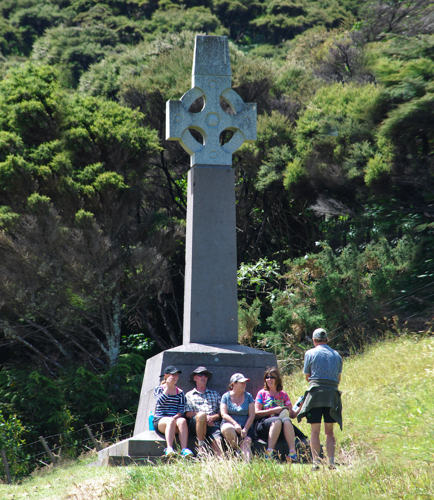
Image: Department of Conservation
Living alongside the missionaries was Thomas Hansen, New Zealand’s first permanent non-missionary European settler. By 1816, Thomas Hansen and the three missionary families were living in cottages and had commenced farming the small piece of land that they were originally allocated by Ruatara, chief of nearby fortified Rangihoua Pā.
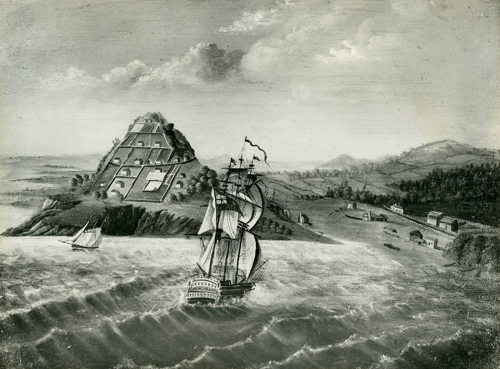
Credit: Archives New Zealand
As an isolated settlement, thousands of kilometres from the nearest European settlement in New South Wales, the Oihi mission station had to be self-sufficient as much as possible. Landing with the first settlers were livestock, plants and seeds. A lemon tree would have most certainly been one of the first trees planted. Just as today, the lemon was used as a medicine, a cooking ingredient, and as a cleaning agent.
As recorded in ‘The Story of the New Zealand Mission’ by Eugene Stock, Rev Marsden visited Oihi in 1819 and reported: “The 'arts of life' really seemed to be progressing. There were fields of wheat; there were horses and cattle; fruit-trees sent from Sydney were flourishing.”
In 1832, due to the unsuitability of the Rangihoua site for agriculture, the last of the original missionaries and the Hansen family relocated to neighbouring Te Puna.
In an article published in the Evening Post on 25 November 1899, mention is made of the lemon tree. Entitled ‘The Pilgrimage of a Tradition-Hunter’, the article reinforces the claim of the lemon tree to be New Zealand’s oldest introduced tree. Its author, Raina, was writing a series of articles about his travels around Northland and visited Rangihoua. He wrote, “On the shores above are the graves of the Mawsons and Kings, families left by Mr Marsden. Blame us not that we helped ourselves to lemons planted by these historic characters.”
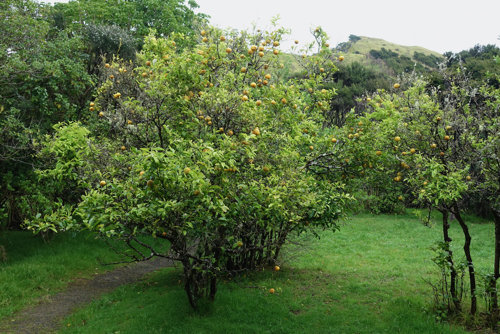
Credit: Claudia Babirat
The rediscovery of the lemon tree
In February 2009, Eric Hansen, the great, great, great grandson of Thomas Hansen was at Rangihoua assisting with maintenance on the Hansen Memorial. While investigating the site of the original Hansen cottage he discovered a very old lemon tree growing nearby.
According to Eric’s parents, Kath and Stan Hansen, they had been shown the lemon tree 20 years earlier by the farm manager. At that time it had suffered badly due to the possum and rat population decimating the new shoots, and it likely survived only thanks to a Department of Conservation programme to reduce the pests in the reserve.
Eric returned soon after with a teaching colleague with a degree in horticulture to inspect the tree and write a report on it. She identified the lemon as a Lisbon or an Australian Bush lemon. Cuttings from the tree were taken for the 200 year anniversary and reunion in 2014 of the early settler families descendants, and have since been planted in a number of other significant heritage places. This includes the grounds of Kemp House in Kerikeri, where Thomas Hansen worked as a carpenter in 1821-1822. Kemp House is Aotearoa's oldest surviving European house and the site of other fruit trees introduced by missionaries, including a 201-year-old pear tree.
We will never know for sure if the lemon tree is New Zealand’s oldest exotic tree (the process of determining its exact age could kill it), but it’s possible that it outdates its contender for the same title - the Kemp House pear tree - by up to 5 years.
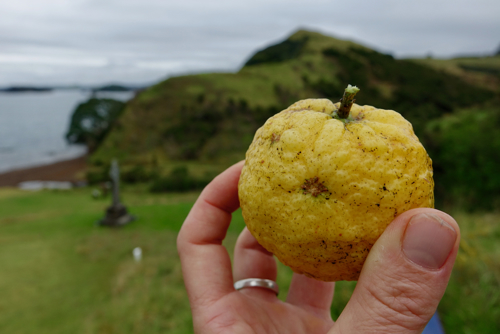
Credit: Claudia Babirat
How to find the lemon tree
To see Hansen for yourself, visit Rangihoua Heritage Park, approximately 45 minutes drive north of Kerikeri. Allow at least 2 hours return to walk down the well-formed track to the site of the Marsden Cross Memorial. The lemon tree can be accessed via a short loop track in the bushy area behind the grassy terraces of the European settlement. There is also a pleasant beach for a picnic and swimming, and great interpretation panels that tell the stories of significant people who once lived here.
Rangihoua Heritage Park is proudly cared for by the Marsden Cross Trust Board in partnership with the Department of Conservation Te Papa Atawhai, and has been recognised as one of 26 Tohu Whenua, places that capture defining moments in Aotearoa New Zealand’s story.
